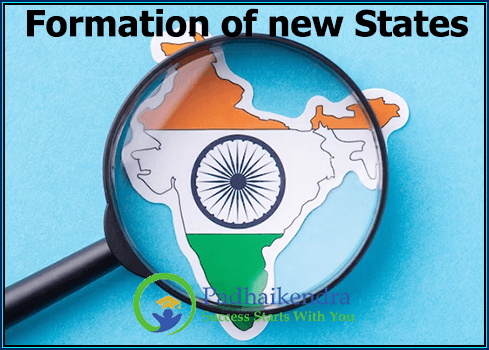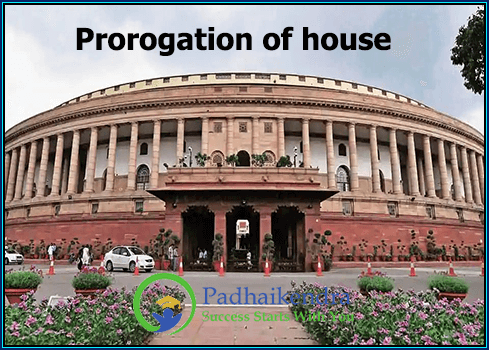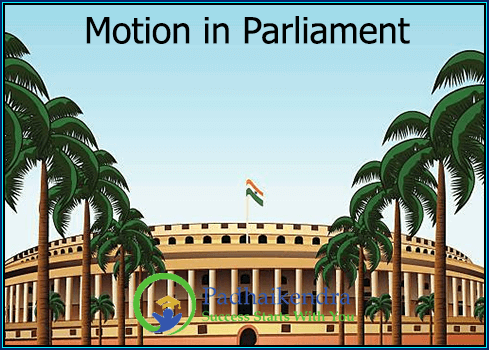The Constitution of India provides for the formation, alteration, and abolition of states in the Union. The power to create new states or alter the boundaries of existing states lies with the Parliament of India.
The procedure for the creation of a new state is outlined in Article 3 of the Constitution of India. The Parliament may, by law, form a new state by separating a territory from any state or by uniting two or more states or parts of states. The Parliament may also alter the boundaries of a state, by increasing or decreasing the area of any state or by altering the boundaries between two or more states.
Before introducing such a bill in the Parliament, the President of India has to refer it to the concerned state legislatures for their views. If the concerned state legislature gives its views within a specified period, the Parliament may proceed with the bill, taking into consideration the views expressed by the state legislature. If the state legislature does not give its views within the specified period, the Parliament may proceed with the bill without taking into consideration the views of the state legislature.
Once the bill is passed by the Parliament, it has to be signed by the President of India, after which the new state is formed or the boundaries are altered, as the case may be.
In the past, several new states have been formed by the Parliament of India through this process. For example, in 2000, the state of Jharkhand was formed by separating a territory from Bihar, and the state of Uttarakhand was formed by separating a territory from Uttar Pradesh. Similarly, in 2014, Telangana was formed by separating a territory from Andhra Pradesh.





